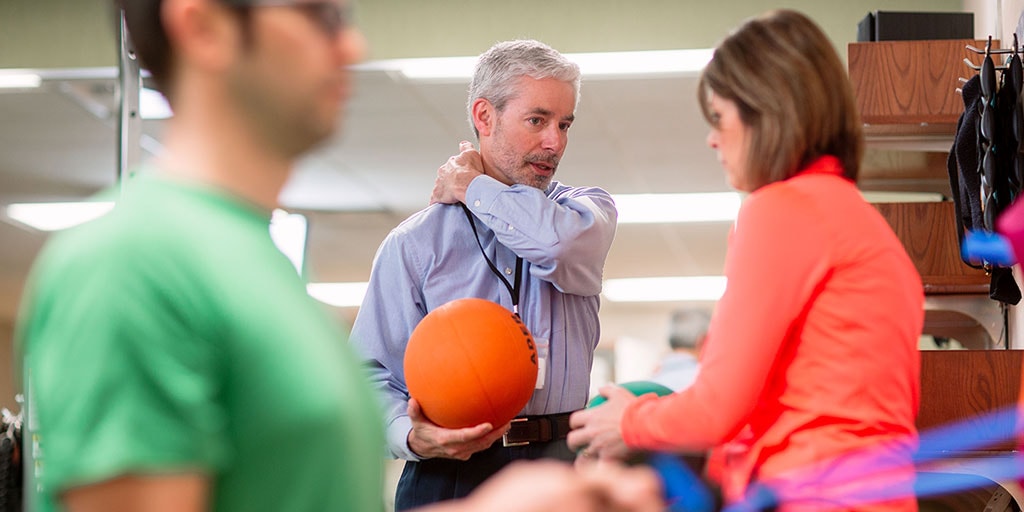Effective Methods for Alleviating Dyspnea in Physical Rehabilitation Sessions
Effective Methods for Alleviating Dyspnea in Physical Rehabilitation Sessions
Blog Article
Breathing difficulties, or difficulty respiration, is a common concern that many individuals face, particularly those with long-term lung diseases, heart issues, or other health conditions. In rehabilitation therapy appointments, addressing breathing difficulties is crucial for helping clients enhance their overall quality of life. By utilizing specific techniques and strategies, physical therapists can help patients in controlling their breathing difficulties. Understanding these efficient methods can enable both therapists and patients to collaborate together more efficiently in addressing obstacles related to dyspnea.
One of the main methods used to reduce dyspnea in physical therapy is the application of regulated breathing activities. These exercises often focus on abdominal breathing, which encourages patients to use their breathing muscle rather than their upper thoracic muscles when breathing in. This method helps to maximize lung capacity and efficiency. Additionally, pursed-lip breathing is another technique that can be helpful. This method requires inhaling through the nose and breathing out slowly through compressed lips, which can assist to keep airways open longer and make breathing feel easier. By incorporating these activities into therapy appointments, physical therapists can provide patients with strategies to control their dyspnea both during and beyond of their appointments.
Another crucial element of managing breathing difficulties in physical therapy is the development of an personalized exercise regimen. Customizing exercises to meet the individual needs and abilities of each patient is essential. Therapists should slowly integrate aerobic activities, such as ambulating or cycling, in a structured manner, allowing patients to develop their endurance over time. This incremental approach helps patients to feel more at ease with physical activity while simultaneously improving their lung capability and overall endurance. It is vital for therapists to observe patients carefully during these exercises to make sure they are not overexerting themselves, which could lead to increased difficulty of breath.
Teaching also plays a major role in alleviating dyspnea during physical therapy appointments. Providing patients with knowledge about their condition and the mechanisms behind breathing difficulties can enable them to take charge of their health. Therapists can explain how elements like anxiety, posture, and surrounding conditions can more affect breathing. By understanding these ideas, patients can discover to control their issues more effectively. Techniques such as stress reduction methods and proper body posture can further assist in reducing the impact of breathing difficulties during daily activities and therapy appointments.
In conclusion, successfully reducing breathing difficulties in physical therapy appointments involves a mix of breathing activities, personalized exercise regimens, and patient teaching. By implementing these efficient approaches, physical therapists can help patients manage their respiratory difficulties and improve their overall health. Working together between therapists and patients is essential to create tailored interventions that meet individual needs. With the right support and techniques, patients can find comfort from dyspnea and engage more completely in their physical therapy journey, ultimately leading to a better quality of life.